The ultimate guide to the Internet of Things
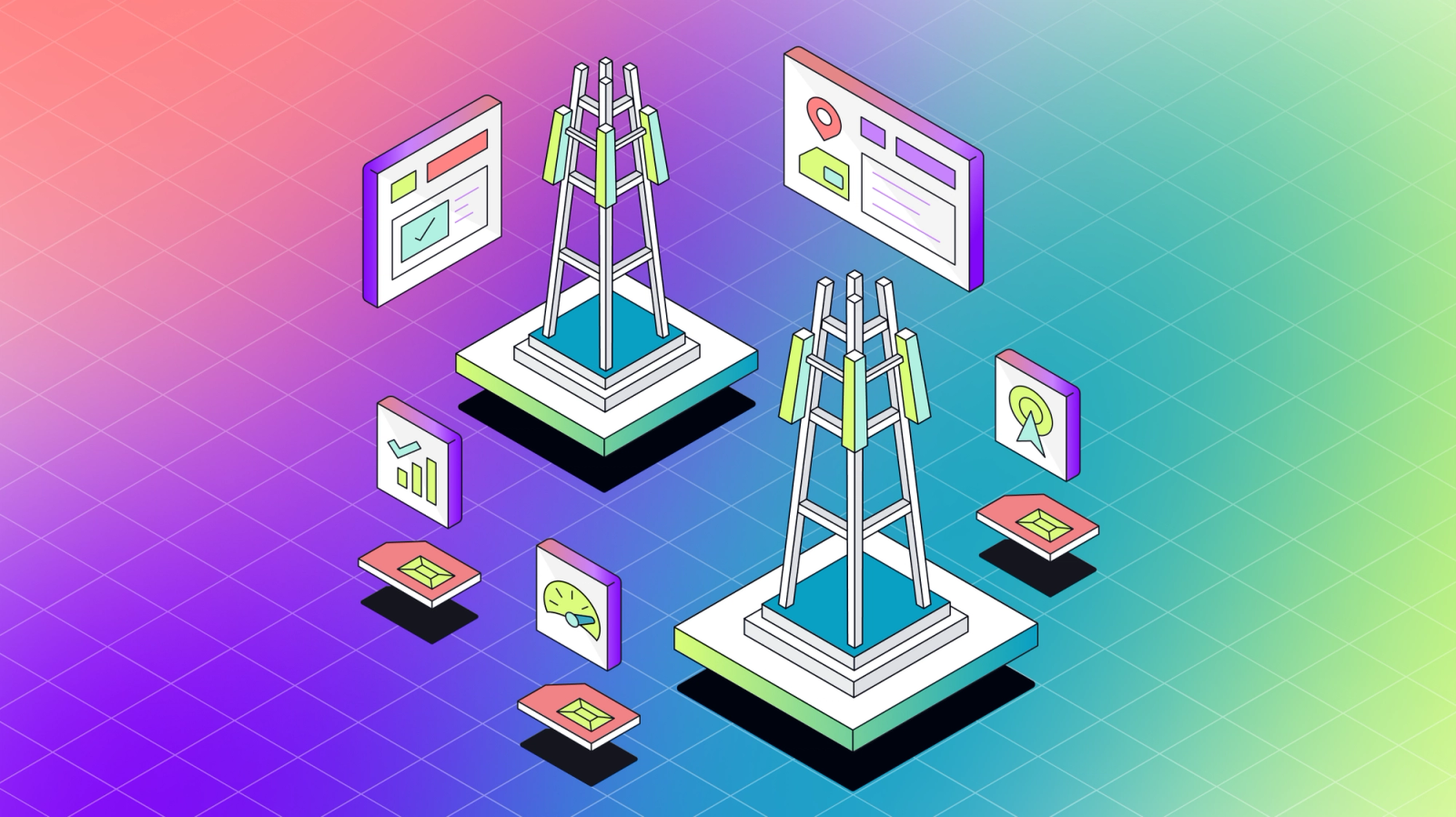
An autonomous delivery vehicle in California encounters an unfamiliar obstacle and can’t proceed. An alarm goes off in the delivery company’s Nevada office, where a human takes over the remote controls and steers it to safety.
A temperature sensor on a truck transporting refrigerated foods sends an alert that it’s getting too warm inside the trailer. At the company’s headquarters, a fleet manager receives the alert, notifies the driver, and arranges for a maintenance stop.
A farmer looks at a wristwatch and sees that the moisture level in the soybean field has dipped too low — so she opens an app and taps a button to turn on the irrigation equipment.
These scenarios might sound like science fiction, but they’re becoming reality thanks to a growing global network called the Internet of Things (IoT). The value of IoT lies in its ability to make tasks easier and extract valuable data.
While the flashy IoT applications get attention, some of the simplest data exchanges yield the most value to businesses. And as wireless infrastructure continues to expand and more connected devices come online, companies in all sectors will benefit from incorporating IoT.
Jump to what you need to know
- What is IoT
- The history of IoT
- The benefits of IoT
- IoT examples
- IoT devices
- Industrial IoT
- IoT in action
- IoT technology
- IoT hardware
- IoT software
- IoT connectivity
- IoT architecture and environment
- IoT platform
- Gateways
- IoT security
- IoT analytics
- The future of IoT
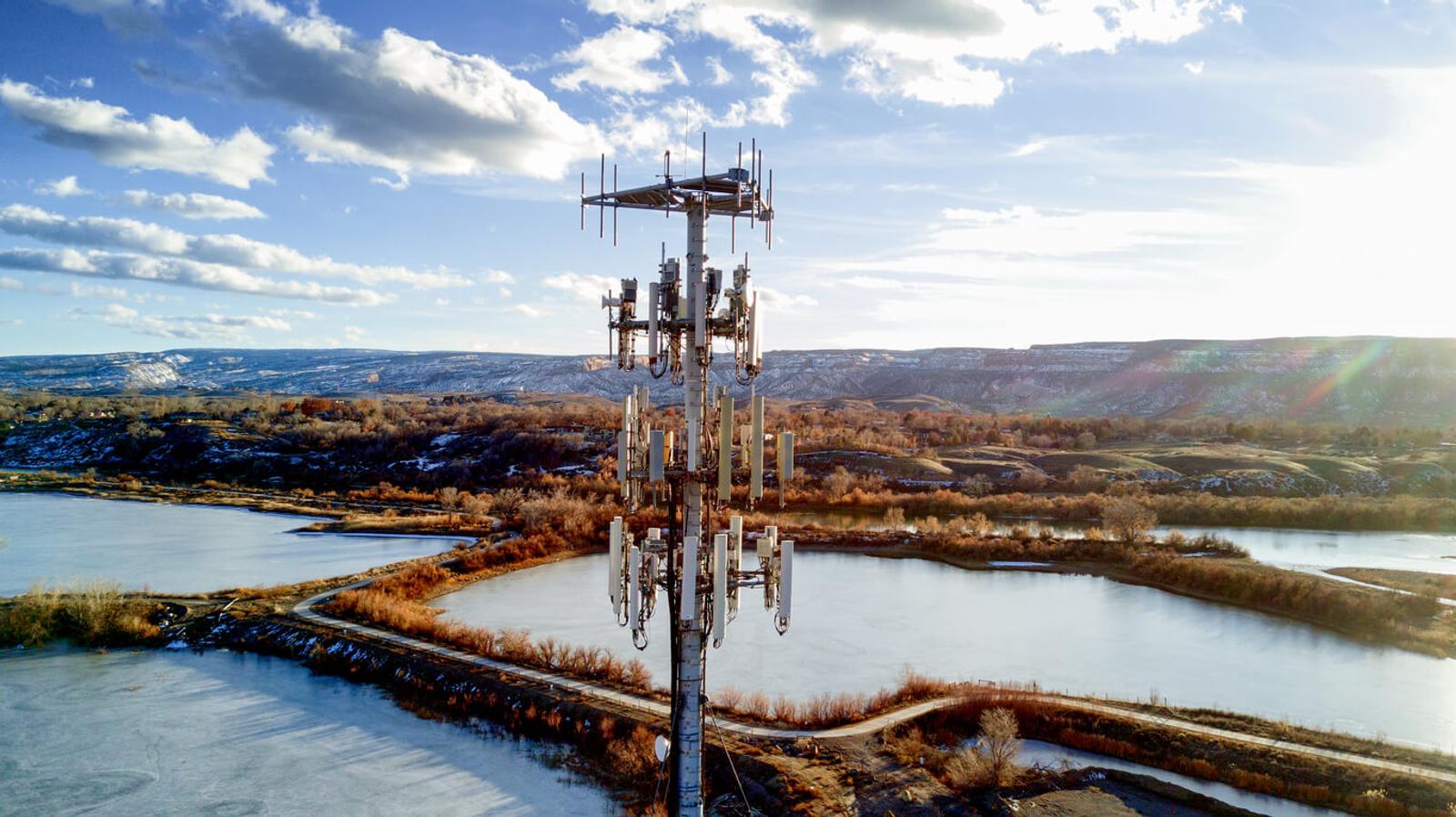
What is IoT?
While the details get complicated, the overall concept of IoT is pretty straightforward: it’s technology in the environment around us interacting with other technology and with us, creating a “smart” environment. The elements of the IoT ecosystem fall into three categories or layers:
Hardware
These are the physical devices and products in the home or field that sense, collect, route, and actuate upon the data they receive. IoT hardware includes sensors and other endpoint devices, along with traffic and data management hardware like gateways, routers, and servers.
Firmware
The software that comes on an IoT device and allows it to send, receive, and process data. Firmware can also control the physical device or direct it to do something. Just about every connected device includes firmware, from endpoint sensors to gateways and servers.
Connectivity
This final layer of IoT is essential—it’s how the “things” talk to each other and stream data to a server or the cloud. Connectivity encompasses a variety of networking options such as Wi-Fi, Bluetooth, and cellular, each suited to particular use cases.
Now that we’ve established a big picture view of IoT, let’s zoom in on some examples that illustrate how it looks in action.
The history of IoT
The term “Internet of Things” emerged in 1999, but the idea it describes stretches back much further in time. When telegraphs and landline telephones were invented in the mid-1800s, some forward-thinking inventors envisioned a world where machines could talk to each other. The evolution of the internet created an environment where those visions could become reality.
In the early 1980s, computer programmers at Carnegie Mellon University connected a Coca-Cola machine to the internet, allowing them to check its inventory online before heading down to buy a drink. It would be years before such applications of machine-to-machine (M2M) connectivity became common, but the idea had taken root. By the 2010s, IoT had grown to embrace multiple technologies and communication protocols, and to serve many needs of industries and consumers alike.

The benefits of IoT
Sure, IoT technology is cool, but what are the benefits — specifically for businesses? Let’s take a look at some of the advantages of incorporating IoT devices.
Cost savings
IoT applications allow businesses to keep a closer eye on their assets and processes, leading to significant increases in efficiency and cost savings. One example is predictive maintenance—when IoT sensors are attached to machinery, businesses can use the gathered data to predict when the equipment will need to be serviced. Intervening with repairs before the machine breaks down can help to limit downtime and extend the overall lifecycle of the equipment.
Improved customer experience
Until recently, most companies used IoT for internal process and asset monitoring, but now many are finding ways to relay the advantages of IoT to consumers. For example, IoT sensors in retail stores can help ensure that shelves remain fully stocked. Connected security cameras monitor happenings in the store and notify managers immediately if there’s an incident such as a customer slipping and falling. Some stores are incorporating robots for customer service, while many others are using IoT to improve remote customer experiences with smartphone apps, chatbots, and other tools.
Increased efficiency and productivity
IoT sensors allow companies to gather data about their operations, workflows, personnel, and equipment. When this big data is analyzed, it helps to paint a clearer picture of what’s working and what’s not, enabling business leaders to make better decisions and increase operating efficiencies. IoT technology also provides tools to enable automation of repetitive tasks, meaning that personnel are freed up to focus on big-picture goals. For example, a project manager might spend five hours a week entering data in a spreadsheet. If that task can be automated through the use of IoT sensors, the manager will gain back that time for more productive work.
Better supply chain management
Incorporating IoT sensors in the supply chain is yielding greater visibility and control, allowing companies to see where their assets are, the conditions they are stored in, and how soon they can be expected to progress along a transportation route. Sensors used in supply chain management typically incorporate GPS technology and may take the form of RFID chips or more complex mobile devices.
IoT examples
When the subject of IoT comes up, many people envision sentient robots smart enough to hold intelligent conversations, solve complex problems, and perhaps even take over the world. In reality, most IoT applications are far from sensational—yet still extremely useful.
While many IoT applications are simple, there’s still a place for more complex use cases. The massive field of connected objects includes a wide spectrum of what is considered IoT and which data speeds are required. At the simpler end of that spectrum, some IoT devices are sensors that only measure one thing—like how full a tank is—and send back small amounts of data. At their most complex, IoT devices stream video and other high-bandwidth content and may include edge analytics and AI capabilities.

IoT devices
Endpoint devices are the lifeblood of IoT. They’re the multitude of data gatherers on the ground, collecting information that’s sent back to a central location for review and analysis. While devices serve a similar overarching purpose of providing some type of insight, they can take a wide range of forms.
Consumer devices
Smart home devices include connected refrigerators, thermostats, lights, and even lawnmowers. Smart toys have emerged as another IoT subcategory, and wearables such as wristband fitness monitors remain widely popular.
Healthcare monitors
Connected monitors are becoming a key component of telehealth services. Connected sensors can be installed in monitors to keep track of a patient’s blood pressure, blood sugar, heart rate and oxygen levels at home. Physicians receive the data and can make recommendations based on what it reveals.
Agricultural sensors
Smart farming is revolutionizing business models for agriculture operations around the world. Farmers use sensors to track livestock, monitor weather conditions, and keep track of moisture in the soil.
Automotive IoT
Autonomous vehicles might come to mind, but this category also includes connected cars. Nearly all-new automobiles now include an onboard computer with navigation, predictive maintenance, and safety capabilities.
Micromobility
Fleets of connected, rentable, short-range vehicles such as scooters or bicycles are ideal for navigating urban areas. Micromobility is a great example of IoT creating new business opportunities — managing rented vehicles remotely saves businesses both time and costs.
Autonomous robots
Blending the task-oriented nature of robotics with the data-gathering power of IoT, robots are complex devices that can interact with the connected objects around them and make decisions based on artificial intelligence.
Logistics and fleet management
Many companies around the world are installing connected sensors in their vehicles and shipping containers to track their progress and stay informed about maintenance issues or emergencies.
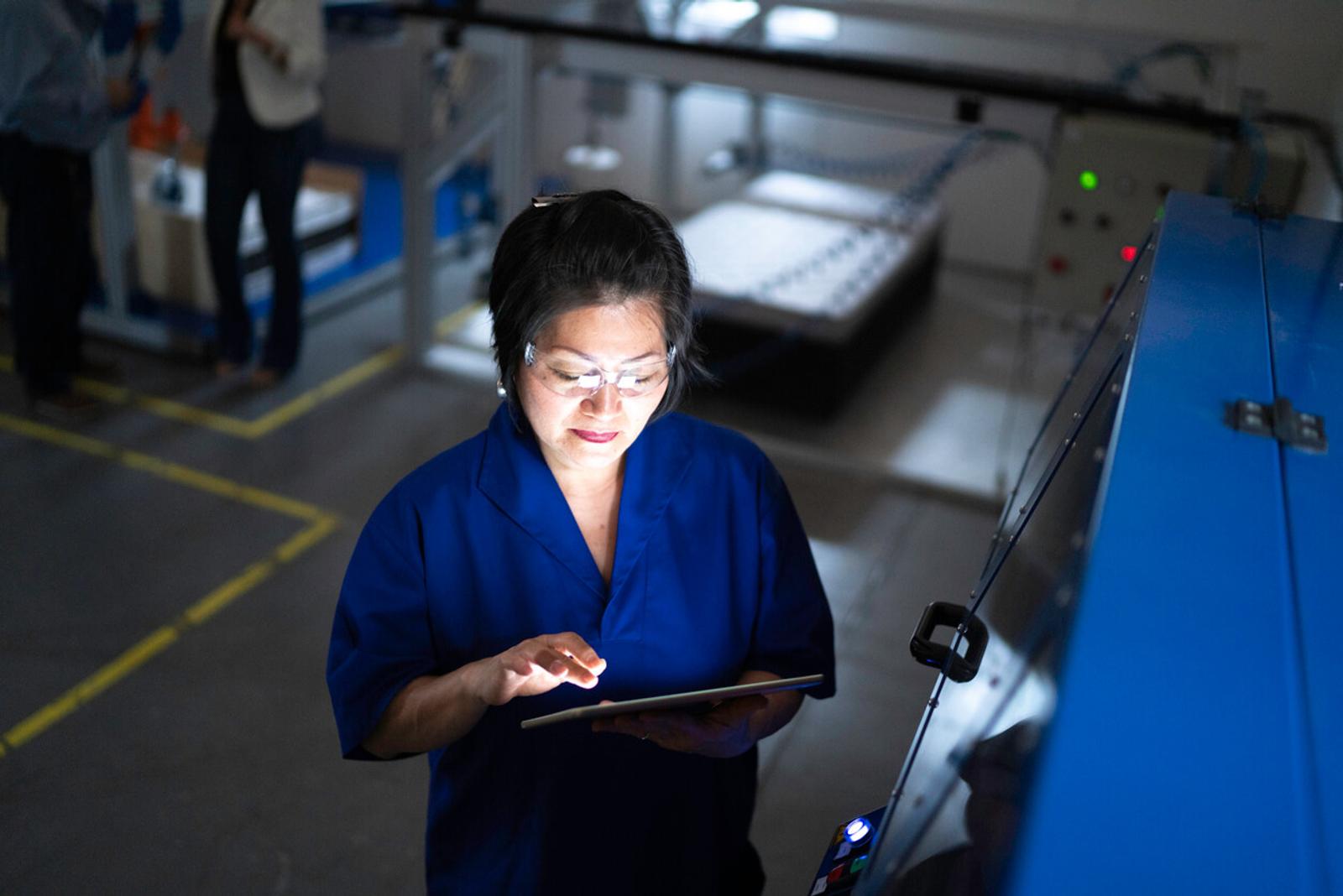
Industrial IoT
When enterprises incorporate IoT devices in their factories, machinery, and supply chains, they take the power of connectivity to a new level called industrial IoT (IIoT), also known as Industry 4.0. Real-time sensor data offers many benefits to modern operations, including insights to make better decisions. IIoT covers a range of technological advancements in addition to sensors, including artificial intelligence, machine-to-machine communications, and cloud technology. Taken together, modernized operations can:
- Increase safety and efficiency on the factory floor, in mines and offshore rigs. As companies monitor their operations more closely, they’re able to make better management decisions.
- Detect supply chain problems such as over and under-supply using asset tracking and notify management teams so they can cope with the issue before it becomes widespread.
- Monitor the technical health of machines, sending out alerts to managers when a machine malfunctions or is in need of preventive maintenance.
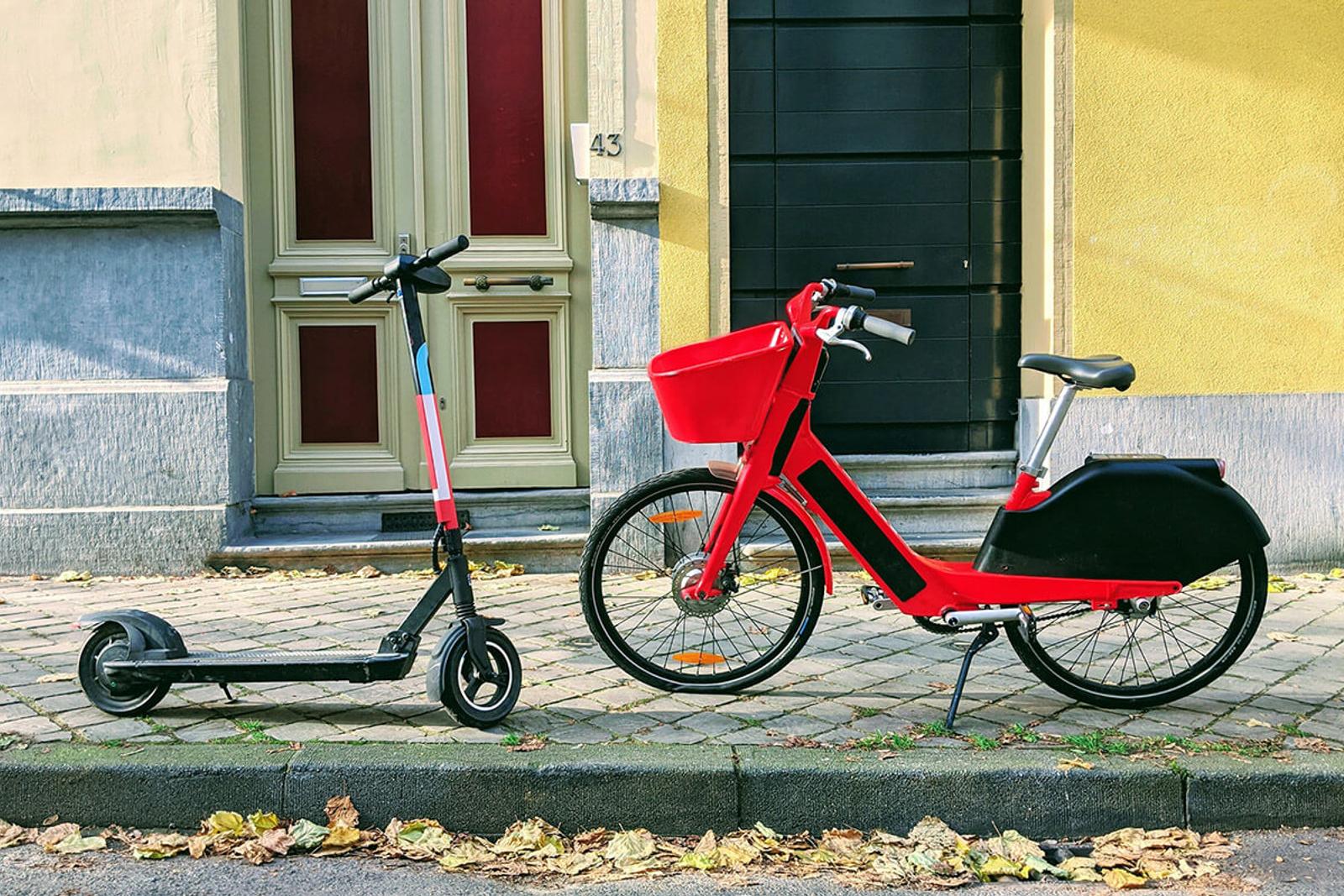
IoT in action
Let’s consider some applications of IoT technology across sectors—and the connectivity that enables it to succeed.
IIoT
Amper provides hardware and software for end-to-end machine monitoring in industrial use cases. Polymer manufacturer SNF worked with Amper to completely transform their maintenance processes. The technology enables SNF to track production hours and energy usage to ensure that machines operate at peak efficiency.
“We have reduced our maintenance costs and improved the overall efficiency of our machines. Amper has given us greater transparency in our maintenance data, allowing us to spread around talent and do more with less."
— Jim Organ, SNF Plant Manager
Smart agriculture
Arable’s smart agricultural sensors gather real-time data on climate, weather, crop health, and yields. The company wanted to launch in 14 different countries and expand to many others, but Wi-Fi in rural areas is nonexistent, and there were too many cell contracts to negotiate to cover all the areas they needed their devices to work in. With Hologram, Arable was able to launch their agricultural monitoring device across a multi-country region with one SIM model and contract.
“The tools that Hologram gives you to keep track of data and fleets are amazing. It was especially useful for devices when they’re outside of the U.S.”
— Jove, head of Latin American partnerships at Arable
Mobility IoT
Cowboy’s founders wanted to make an impact on urban mobility with an electric bike. With a battery and electric motor that assists while you’re pedaling, the Cowboy bike is geared toward urban Millennials who want the freedom to move around the city quickly. The Cowboy team started evaluating connectivity providers once the first prototype was completed. The team discovered Hologram when they evaluated cellular technologies, from embedded SIMs to cellular networks. The team ultimately chose Hologram because of the API.
“It felt like Hologram was the Stripe of the SIM management.”
— Tanguy Goretti, co-founder and CTO at Cowboy
Smart buildings
Zen Ecosystems cloud connected devices help make commercial and retail buildings more energy-efficient. But Wi-Fi is hard to access for new devices, and managing dozens of cellular contracts and hundreds of different SIMs would take too many resources for Zen. With Hologram, Zen Ecosystems smart thermostats and lighting systems have 24/7 connection around the globe with just one contract and one type of SIM—so all their devices are easily managed from one place.
Fleet management
Cloud-based fleet management is a category of transportation software that gives fleet owners the ability to monitor vehicles and drivers with fine-tuned precision, gathering data that’s useful for everything from meeting maintenance schedules to detecting driver fatigue. Fleetsu’s vision is to create a world-class, innovative, fleet management software platform that is user-driven and scalable, enabling their customers to hit efficiency targets, grow their businesses and achieve outcomes they haven’t even thought of yet. Fleetsu leverages the Amazon AWS IoT Cloud for analytics and uses Hologram’s Dashboard to coordinate connectivity management among a team of people scattered across the Asia-Pacific region.
“We’re very much an agile business, able to move a lot quicker than many of our larger competitors.”
— Adam Ricketts, head of product for customer success at Fleetsu

IoT technology
Now that we’ve seen examples of IoT applications, let’s consider the IoT technology components that enable projects to get off the ground. To illustrate, let’s look at a device created by South African engineer Danie Conradie. Livestock theft is a major problem in Conradie’s area, so he decided to build an IoT tracking device that reports location and behavior to the farmer via a computer or mobile device. Here’s how he did it.
IoT development
First, Conradie asked local farmers about the problem and their needs. “Before you start building anything, you need to make sure that you understand the problem you are trying to solve,” Conradie says. “This usually means talking to prospective clients. Skipping this step can lead to throwing a lot of time and money down the drain.”
Conradie’s project is limited in scope, so he tackles it himself. In contrast, larger scale IoT solutions typically need to build out a cross-functional team with experts in hardware, embedded firmware, networking, backend, and frontend development. Everyone on the team contributes different aspects of the needed skill set as they work to develop an in-depth product plan (sometimes called a Proof of Concept). Whether small or large, IoT projects typically follow these three steps:
Building a prototype
Creating a prototype for an IoT device can be challenging and often involves a lot of trial and error. For the livestock-tracking project, Conradie identifies off-the-shelf hardware components because they’re easy and quick to obtain. (Building a prototype with off-the-shelf hardware doesn’t mean committing to use the same components in the final product—you just need similar enough hardware to be sure the final version will work properly.)
Conradie chooses a Sodaq cellular development board with a Hologram SIM as hardware components, connected with AWS IoT Core using a Node-RED instance. At the customer end, he uses a ThingsBoard PE Dashboard, which processes and displays data to the user. Once the prototype is complete, it’s time to get it into the hands of farmers to see how it works.
Launching a pilot project
After developing a functioning prototype, Conradie sets up a pilot project with limited scope but sufficient infrastructure to provide a good sense of how the product will function in the real world. He attaches a device to a sheep at a local farm and tracks its movements for a few days. After the pilot project, Conradie gathers user feedback and suggestions for improvement, making tweaks as necessary until the mini-deployment is running smoothly.
Manufacturing and deploying
While Conradie isn’t interested in bringing his tracker to market, a larger commercial project would be ready for mass manufacture and the official launch at this point. They would identify and engage with hardware, software and connectivity partners and prepare to market their finished product. Well before product launch, they would work to develop technical support materials and resources for future customers.
While depth of expertise and a cross-functional team are needed to develop an enterprise-level solution, the world of IoT device and application development is becoming more accessible to all (as we’ve seen with Conradie’s sheep tracker) thanks to an emerging market of hardware that’s inexpensive and easy to use. For example, Raspberry Pi is a small, low-cost computer created to engage young people in computing. While it’s great for kids, it’s also a game-changer for the IoT maker community, allowing people to get involved through virtual and live events. Online communities for do-it-yourself IoT projects abound, and there’s an emerging creative culture growing up around IoT projects.
IoT sensors
IoT sensors play a pivotal role in many use cases. These components take environmental inputs and output an electrical signal that can be read, captured, and transmitted back to a server. Depending on the use case, IoT devices might contain a number of different types of sensors, including:
Temperature
Whether the objective is to maintain a lower temperature for food freshness like in cold chain examples, or monitor for higher temperatures to prevent an industrial machine from overheating, temperature sensors are a common application for IoT.
Level
These sensors can detect the fullness of a tank, a silo, or even a dumpster. They’re useful in agriculture, IIoT, waste management, healthcare, and more.
Pressure
Typically tiny, pressure sensors are key components of many IoT devices (including smartphones). Air pressure sensors can be used for weather tracking as well as device tracking.
Humidity
Sensors that track humidity have a number of practical use cases, including weather monitoring and indoor climate control. Many HVAC systems include these sensors.
Proximity
The most obvious application of proximity sensors is in a car’s telematics system (when you get too close to the wall of the parking garage, the sensor triggers a noisy alert). But proximity sensors have a host of other creative uses. In retail stores, they can be used to notify customers of special offers when they move close to a particular product. They’re also useful in IIoT for regulating production, and in smart city applications for detecting available parking spaces.
Gas
These sensors can detect the levels of certain gases in the air, and are particularly useful in mining operations and chemical production.
GPS locator
Global positioning system sensors are critical to asset tracking, drones, micromobility, and a host of other IoT applications.
Health
Health sensors can monitor blood sugar, oxygen levels, heart rate, and more.
Images
This broad category includes everything from digital cameras to thermal imaging systems and video surveillance.
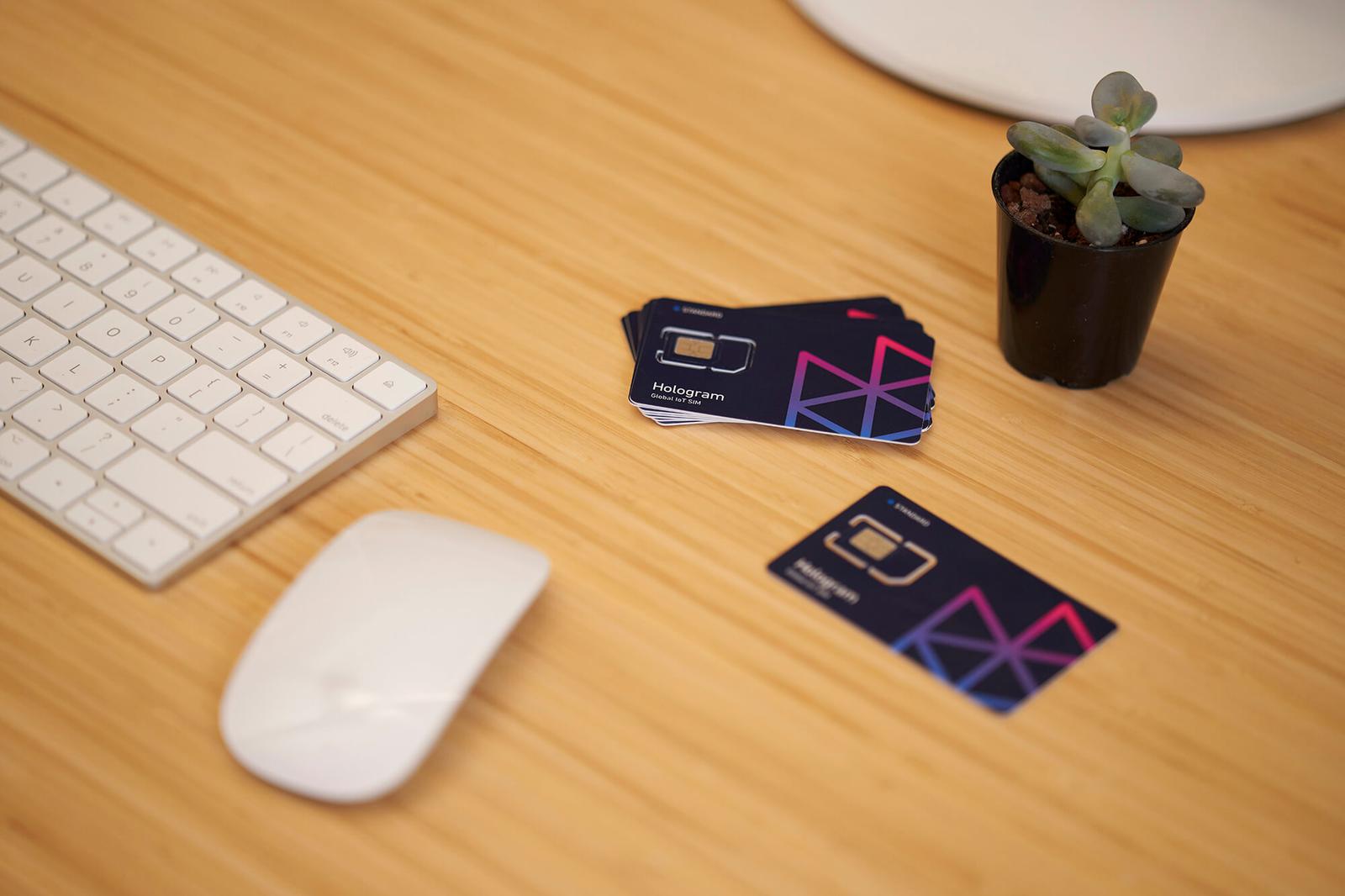
IoT hardware
IoT hardware falls into three basic groups: servers, gateways, and sensors/devices. Servers for IoT are typically cloud-based, and they provide the computing power to manage the incoming data from sensors and other edge devices. Physically located closer to the network edge, the gateway provides a connection point for the devices and sends out the data to the server. (For example, an IoT gateway might be located on a factory floor, near a fleet of smaller sensors installed in the machinery.)
Sensors or devices typically contain several important hardware components:
- Battery or another power source
- Sensing equipment
- Connectivity module
- SIM card or embedded SIM (eSIM)
IoT software
Software is needed at every level of hardware. This includes software on the device itself (firmware and any other apps, depending on the complexity of the device), firmware, and sometimes analytics software at the gateway level, and software used on remote machines to collect and analyze data. Here’s a quick run-down on the common types of IoT software:
Endpoint detection and response (EDR)
This type of software monitors end device activity and looks for abnormalities that might indicate a security breach.
Data integration
Organizations often have data flowing in from multiple sources: different types of sensors and devices, in various formats. Data integration software helps streamline the process of combining those different elements in a single platform.
Middleware
A necessity for IoT, middleware acts as a digital translator, allowing disparate devices to communicate with each other.
Data analytics
Typically found at the cloud or platform level (although it’s becoming more common in gateways and edge devices), data analytics software allows managers to examine information, create visual reports, and ultimately glean valuable insights.
Artificial intelligence (AI) and machine learning
Both emerging technologies, AI and machine learning are built around the idea that computers can learn via experience and improve their task performance.
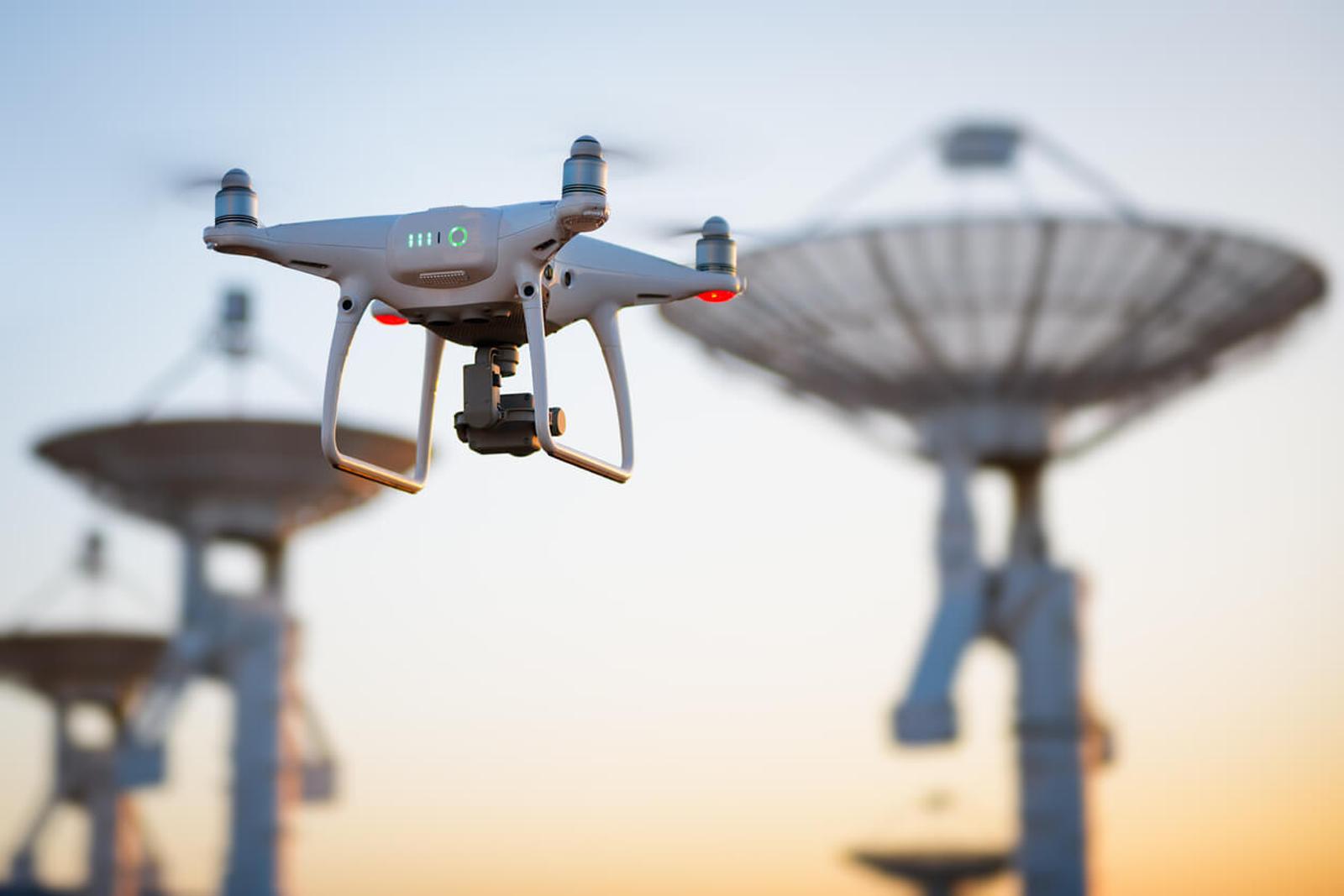
IoT connectivity
Without connectivity, the IoT would just be “things” — not connected things. Choosing the right type of connectivity for your IoT project depends on multiple factors.
The main factors to consider are cost, reliability, power consumption, setup experience and pairing, ease of deployment, bandwidth, range, and customer/end product experience. Let’s break down the avenues of connectivity and illustrate the pros and cons of each.
Wi-Fi
While Wi-Fi wasn’t designed for IoT, it works well for use cases where broadband network access is fairly dependable, such as smart home, smart building, and some smart city applications.
Pros
Wi-Fi modules typically cost less than cellular modules, and connectivity is technically free if there’s existing broadband access in the deployment area. Data bandwidth is usually high, permitting large file transfers at a rapid rate.
Cons
Logistically, Wi-Fi for IoT deployments can be complicated. If the device isn’t stationary, you have to enter a new password and configure network settings everywhere it goes or build in some sort of pairing capability. And when devices transmit large files, they use a lot of energy, quickly draining battery-powered devices.
Bluetooth
A popular choice for consumer devices, Bluetooth has also developed a low-energy connectivity option (Bluetooth Low Energy or BLE) that’s specifically geared toward IoT applications.
Pros
For devices that need to stream large amounts of data, Bluetooth is a viable solution. BLE works for IoT sensors that spend most of their time in sleep mode and transmit data in short bursts.
Cons
Bluetooth’s range is quite short, making it impractical for deployments spread across wide areas. Power consumption is also high with Bluetooth (although BLE is far more battery-efficient).
Cellular IoT
Designed for consumer mobile telephones, cellular connectivity also lends itself to IoT applications. Under its umbrella are a wide variety of protocols and standards. Some were designed for consumer applications but are adaptable to IoT projects (2G, for example), while others are targeted to IoT (Cat-M1, Cat-1, and NB-IoT). Cellular devices rely on a module and IoT SIM card for connectivity.
Pros
Range of coverage can be very good, depending on the carrier you choose. Some IoT SIM card providers (such as Hologram) offer global coverage through an aggregation of network carriers. Because it’s encrypted by default and providers ensure security updates, cellular data is typically more secure. In use cases like remote patient monitoring, it also simplifies set-up for end users — they can just turn devices on and go.
Cons
Until recently, cellular bandwidth lagged behind Wi-Fi’s capabilities. While transferring large data sets can have higher costs, advances in cellular technology now support much higher bandwidths. This is allowing new IoT use cases in video streaming and robotics to expand to areas Wi-Fi can’t reach.
IoT architecture and environments
The IoT is a complex ecosystem of interacting elements, including sensors, gateways, servers, and platforms for accessing information. Aside from the device layer already discussed, this environment includes connectivity standards, platforms, and gateways. Let’s take a closer look at some of these puzzle pieces.
IoT standards and protocols
There are dozens of IoT standards and protocols governing various functions, including infrastructure, device management, and discovery. We’ve already discussed the pros and cons of the major categories of communication standards (Wi-Fi, Bluetooth, and cellular), so let’s take a closer look at some of the cellular LTE standards specifically designed for IoT.
CAT-M1
Also known as LTE-M, Cat-M1 is a low-cost, low-power, wide-area network (LPWAN) technology developed by the Third Generation Partnership Project (3GPP). It’s fast, with upload and download speeds of 1Mbps along with low latency (10–15 milliseconds). Cat-M1 is fast enough to replace many 2G and 3G applications, and it supports cellular tower handoffs, making it compatible with mobile applications such as asset tracking and fleet management. It also supports IoT voice features in applications such as medical alert devices and home alarm systems. Cat-M1 uses 1.4MHz of bandwidth and can transfer firmware, software, and other security updates out to devices. It’s a perfect choice for asset tracking, health monitors, and alarms.
CAT-1
Designed for IoT devices with low and medium bandwidth needs, Cat-1 is an older technology that’s still applicable today. It’s been widely adopted by carriers around the world and offers bandwidth speeds of 5Mbps for uploads and 10Mbps for downloads. Latency is low, at 50 to 100 milliseconds, and Cat-1 supports tower handoff, making it a viable option for asset tracking deployments. Cat-1 offers flexibility, with the ability to manage low-power applications as well as support higher bandwidth needs. However, it consumes more power and its signal range is a bit shorter than NB-IoT and Cat-M1. Cat-1 is well-suited to use cases such as wearables, point-of-sale (POS) terminals, video surveillance, consumer electronic devices, digital signage, and micromobility.
Narrowband IoT (NB-IoT)
Created by 3GPP, NB-IoT is another LPWAN technology that operates on the licensed spectrum and is designed for IoT devices with low-bandwidth needs. It’s a low-cost solution with strong signal penetration, making it a good solution for long-distance and underground usage. Because it consumes less power than other options, it has a long battery life. NB-IoT has uplink speeds of 66kbps and download speeds of 26kpbs in half-duplex mode, meaning that data goes in one direction at a time. Latency ranges from 1.6 to 10 seconds. Ultimately, NB-IoT is best for simple IoT sensors that require small, intermittent data transmissions.
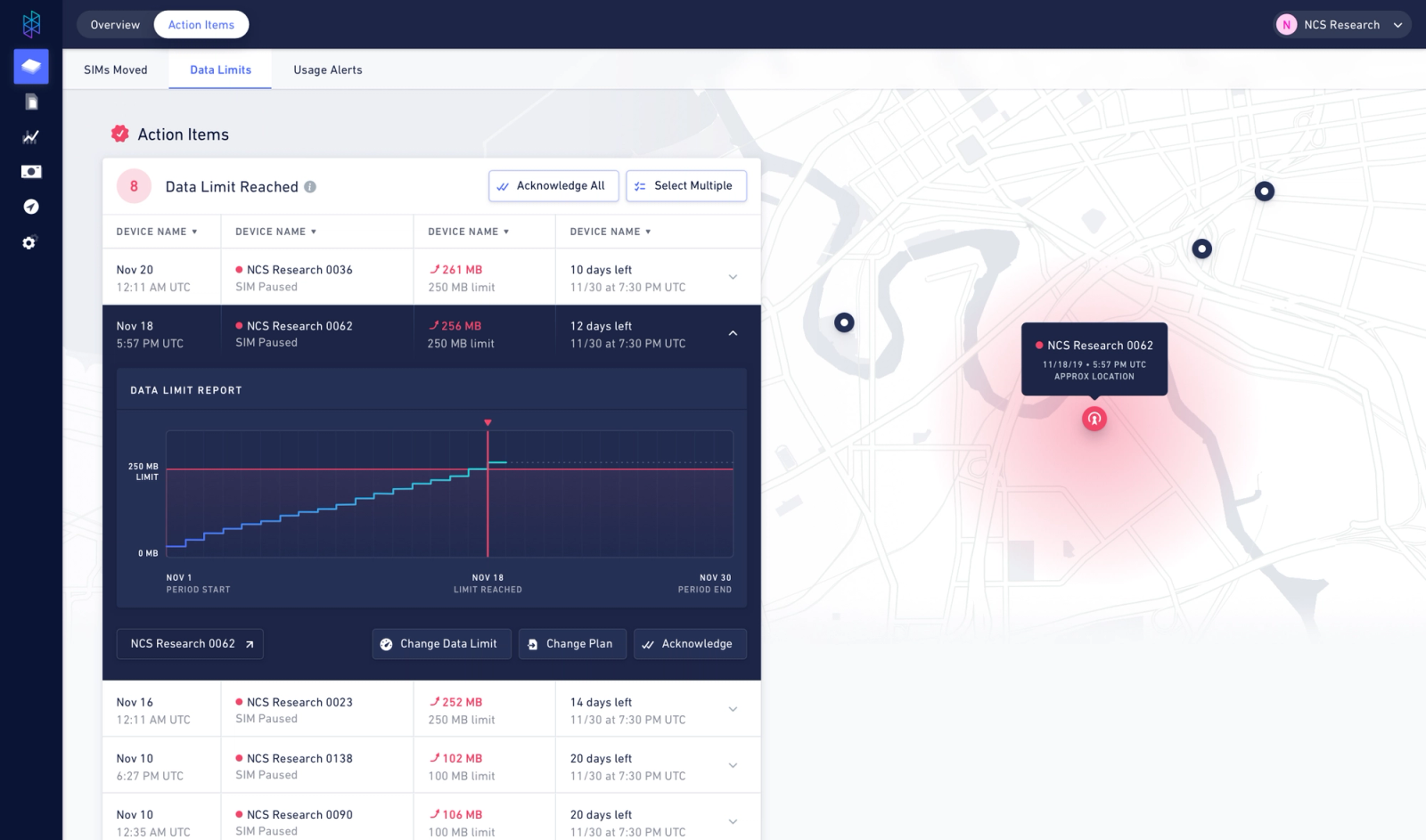
IoT platform
The term “IoT platform” can be tricky to define. Essentially, it’s a software as a service (SaaS) product that can oversee a fleet of connected things. It performs multiple tasks and different platforms offer different types of features. Choosing the IoT platform that’s right for your project requires an evaluation of your needs—some platforms focus primarily on device management, while others include a full suite of analytics software.
A high-quality IoT platform will empower you to:
Manage device connectivity
Connectivity management is a staple feature for most IoT platforms. Through the platform, you can check the connection status of individual devices in your fleet and troubleshoot any problems that arise. Many IoT platforms are now compatible with over-the-air (OTA) provisioning and software updates to support eUICC/eSIM equipped devices.
Receive, store, or route data
Data management capabilities are also part of many IoT platforms. The platform acts as a receiving point for data generated by end devices and may store that data in the platform or route it to third-party applications for analysis.
Visualize device data
Some IoT platforms initiate visual alerts when they detect anomalous usage or when a device is compromised, allowing you to take immediate action against security breaches. Using geospatial visualization (and the GPS sensors in your devices), these platforms can show you the physical location of the suspicious device.
Access 24/7 support
Even if you don’t expect to need constant hand-holding from an IoT provider, it’s wise to find a platform that includes 24/7 support. It’s important to know that humans are monitoring the network and keeping things running, and let’s face it—at one time or another, something will go wrong and you’ll need help to fix it.
Gateways
An IoT gateway connects edge devices with the cloud. It can be either a software program or hardware and acts as a doorway for data headed in either direction. One of the main benefits of an IoT gateway is the ability to preprocess at the edge. Mass IoT deployments may involve hundreds or thousands of devices, generating a collective mountain of data. The gateway can sort and process that incoming data, take initial cleansing action to reduce redundancy and errors, and only send out necessary (or “clean”) data to the server. This reduces costs associated with cellular connectivity and can give operators a better real-time picture of the data. Gateways also add data security with features like encryption and tamper detection, helping to safeguard information that’s being sent on to the cloud.
IoT security
IoT security is a serious concern, but it’s not an impossible feat. Many emerging processes and policies around privacy are affecting IoT.
“There are a lot of standardizations around privacy regulation that can impact IoT for the better,” says Pat Wilbur, chief technology officer at Hologram. “That’s because security often comes as a consequence of privacy.”
However, there aren’t official standards to govern IoT security (yet), so it’s important to become familiar with potential vulnerabilities and best practices for avoiding a data breach.
Vulnerabilities
The vulnerabilities of IoT are many and varied, fueled by the unregulated “wild west” atmosphere of hardware and software development. The more connection points you have, the more opportunity hackers have to break in. These possible points of entry are called attack surfaces, and their weaknesses typically originate from engineering design and update processes. The layers of possible vulnerabilities in the IoT stack include the SIM/eSIM, module, firmware, OEM wired and wireless interfaces, and server. At each level, IoT project managers must ensure that their hardware and software is secured and monitored.
Best practices
In the absence of universal standards, best practices for IoT security are your strongest defense against cyberattacks. These best practices include:
- Disabling default passwords
- Using encryption properly
- Closing unnecessarily open ports
- Eliminating trusted interfaces that are not needed
- Enforcing the Principle of Least Privilege (restricting access between devices)
- Using three layers of firewalls
IoT analytics
The IoT greatly increases the flow of data around the world. The main advantage of having access to this data is the ability to extract insights from it—and that’s where analytics comes in.
The process involves aggregating data from multiple sources (in the case of IoT, from hundreds or thousands of connected devices), cleansing it of errors and redundancy, creating visual reports, and using statistical processes to extract insights such as trends and predictive models.
Data analytics
Analyzing enormous data sets requires powerful tools based on statistical methodologies. Some of the best tools, such as Python and R, are open source. IoT data analytics provides companies or individuals with reports, charts, and models they need to help with decision-making. With the tools available today, it’s become relatively simple to get insights across thousands of devices—but statistical experts may be needed to interpret or create more complex models and reports.
Machine learning
Machine learning, a type of artificial intelligence, allows computers to learn and improve through experience. For most purposes, data analytics is sufficient, but machine learning can be useful when you’re compiling massive amounts of data.
The future of IoT
The IoT will continue to transform society and impact almost every industry, from transportation to entertainment. With advances in cellular network technology, IoT connectivity will become more ubiquitous and we’ll see new modes of transportation, conveniences, and ways to gather insights from data. Processes that were once centralized will be distributed, pushing experiences, such as healthcare, toward the edge with a combination of home health monitors and telehealth services. Ultimately, IoT technology will continue to change the way we do business—and the way we live.